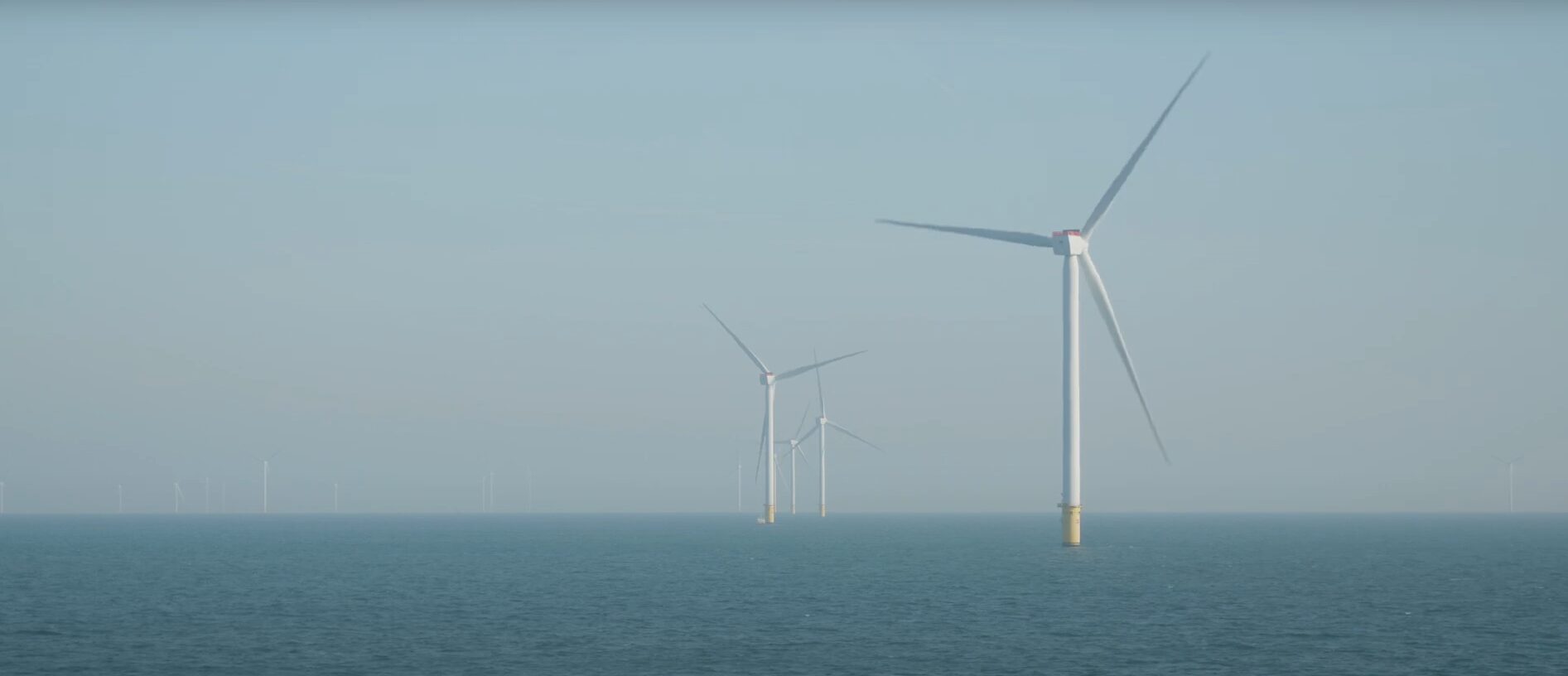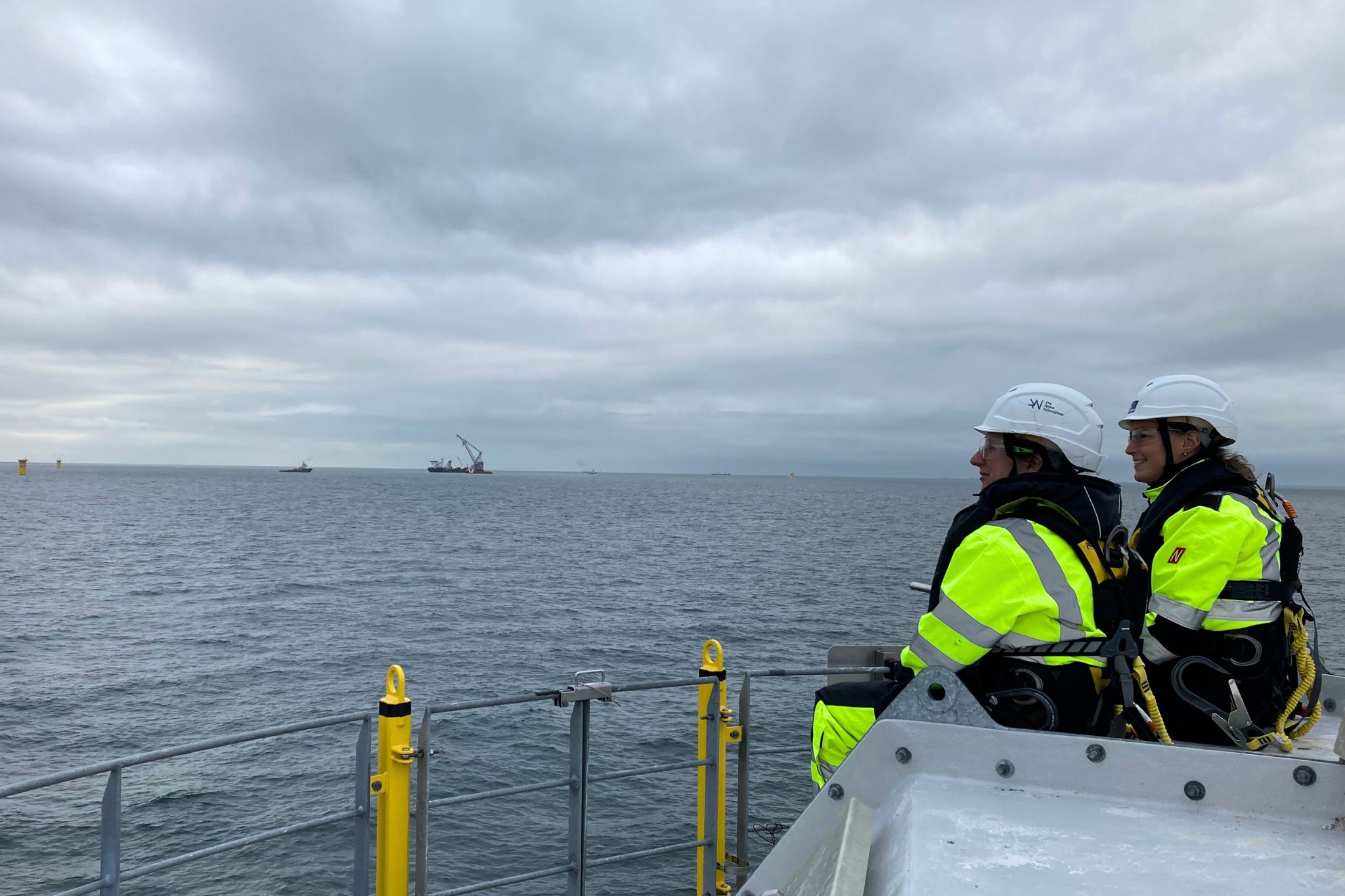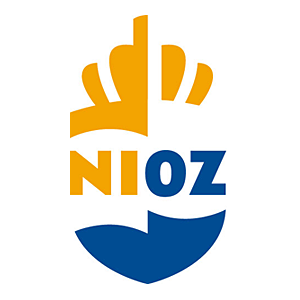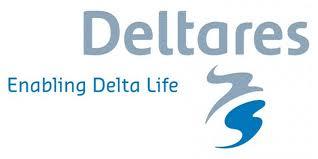Can marine species use the inside of turbine foundations as a new habitat? This project focuses on water replenishment holes integrated into the hollow foundations of the wind turbines of OWF Hollandse Kust Zuid (HKZ). If holes in the cylinders can serve as a gateway to a sheltered area in the North Sea, this could add a new habitat by offering organisms a pathway into a whole new settlement ground. In addition to exploring this, the project set out to uncover if conditions vary between inside and outside the foundations.
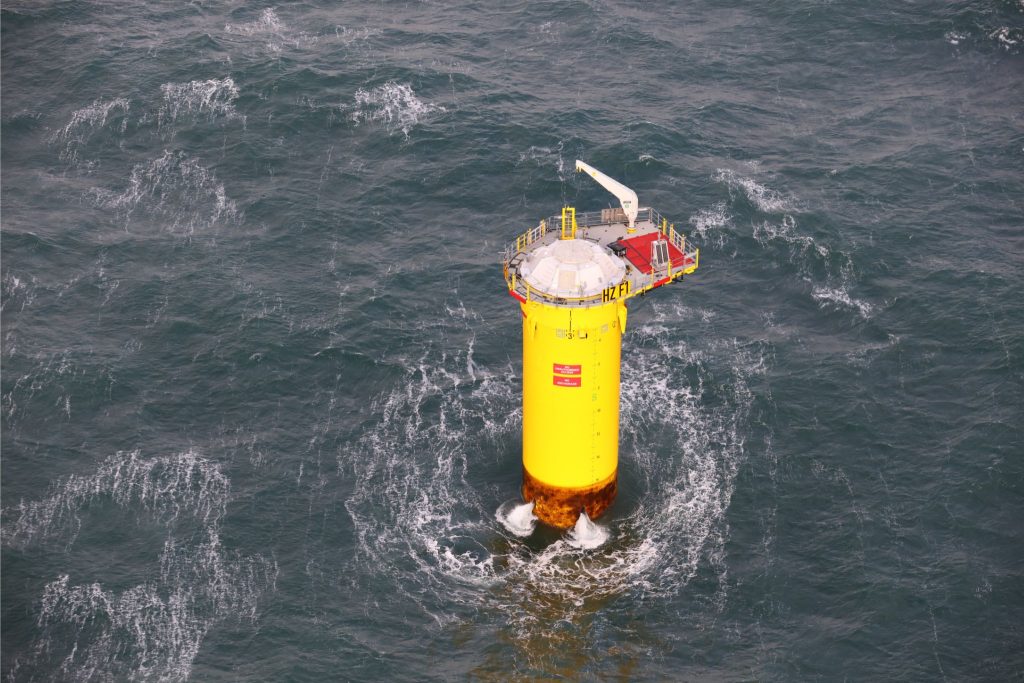
Methods
The wind turbines are placed on a steel foundation called a monopile, which reaches about 30 meters deep into the seabed. At seabed level, scour protection was placed before installation of the monopiles. Each monopile was designed for its specific place, with a weight between 735 and 955 tons and a length varying between 62 and 75 meters. After the installation of each monopile, a protective cover was placed on top. The water replenishment holes are elliptical, 96 x 32 cm, two are placed just below the water surface and two close to the bottom.
Monitoring took place in the first year after installation (2021) using eDNA sampling and video cameras. With the use of probes in- and outside the foundations, parameters like depth, depth, temperature, oxygen, salinity, conductivity, flow rate, speed and direction, chlorophyll and turbidity were measured. A monitoring frame inside one of the foundation was placed for three weeks, measuring similar parameters. Further monitoring is planned for 2024-2025.
Results
During the first year of monitoring, within a few months after installation of the foundations, organisms were already detected inside the monopile. Abiotic and biotic parameters measured fell in the same ranges in and outside the foundations. Additional monitoring is planned for two years after the reference point, and this will answer questions about the effects of the water replenishment holes over time.
Tips and Tricks
- Processes can be just as valuable as results. Navigating the complexities of procedures will help to inform future projects.
- Get to know your partners and their goals to expand your project’s scope and impact.
- The earlier you can be involved in development plans, the better. Not only will your plans be included in deadlines, roles, and procedures, but this also reduces financial and operational risks.
Requirements for working inside the wind farm included:
- Work Method Statement (WMS) and Risk Assessment Method Statement (RAMS) documents.
- A safety training (sea survival, first aid, fire awareness, working at heights, boat transfer, enclosed spaces) and specific induction for Hollandse Kust Zuid.
- Safety gear such as safety shoes, immersion suits, climbing equipment, helmet, gloves and safety glasses.
- Permissions to enter the windfarm, dock the boat to the boat landing of a turbine, climb the foundation and enter the foundation.
Continuing our monitoring efforts in Hollandse Kust Zuid
In October and November 2024 we carried out multiple monitoring missions to collected new data on the effects of water replenishment holes on the surrounding biodiversity. Check this video the see see the monitoring in action and have a sneak preview of the life detected inside the monopile.
Monitoring the monopiles
This video shows one of the monitoring missions in Hollandse Kust Zuid. It gives the viewer a look inside the turbine foundation and explains the need for research as well as the methods used during the monitoring missions.
Products used on this project
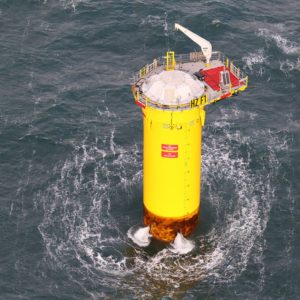
Water Replenishment Holes
Water replenishment holes exist in structures such as wind turbine foundations. Although they were designed to limit corrosion, these structures can offer additional marine habitats inside a monopile foundation.
Let's connect
Ready to dive into nature enhancement? Send us an email to share your questions, feedback, or projects you’re working on.
